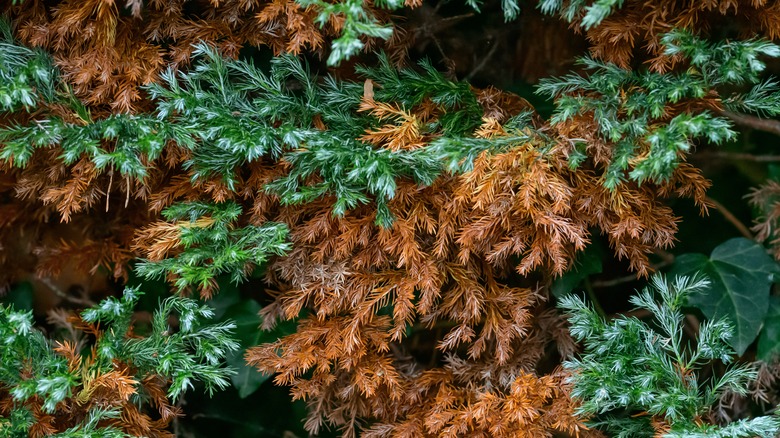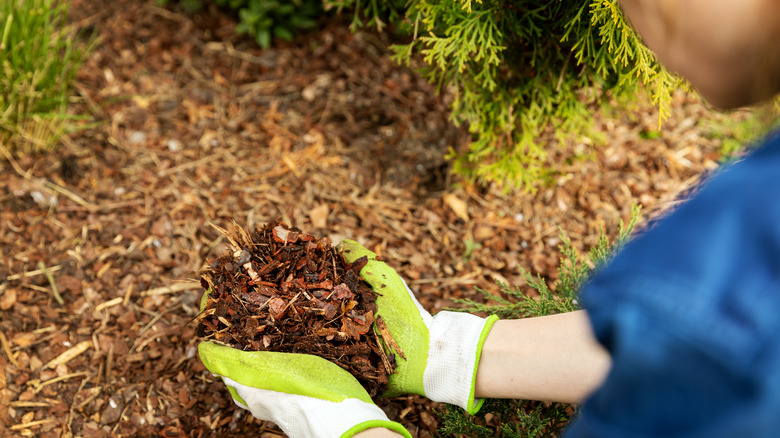Why The Needles On Your Conifer Trees & Shrubs Turn Brown, And What To Do About It
If you've been walking around your yard and noticed some of the needles on your conifers turning brown, don't panic. There are several reasons why this happens, and most of them are totally manageable. The most common reason for browning needles is stress. Conifers are tough, but they can still react to environmental changes. If you've had a dry spell or extreme temperatures, this can cause the needles to dry out and brown. The cold can also be an issue. If the tree's not adequately protected, some of those needles might suffer cold damage; you'll need tips for caring for pine trees during the winter months.
Another potential cause could be improper watering. Conifers need a balanced amount of moisture — too little, and they dry out. But make sure to never overwater your plants, too. Overwatering can cause their roots to become waterlogged. So, it's all about balance.
Lastly, pests and diseases can also be culprits behind the browning of your conifers. Bugs like mites, aphids, or even pine beetles can wreak havoc on your trees and shrubs, causing the needles to brown. There's also fungal diseases like needle cast that can thrive in humid or wet conditions. The good news? Most of these issues are fixable if caught early.
What you can do to help your conifers recover
If the browning is due to environmental stress like drought or cold, adjusting how you care for your tree might do the trick. In dry weather, make sure the soil around the base stays moist, but not soaked. Mulching around the tree can help lock in moisture and keep the roots from getting too hot or too cold. It's a great way to keep things regulated under the surface.
Now, if you're dealing with pests like aphids or mites, you've got some options. Insecticidal soap or horticultural oils can usually take care of the problem. But if the infestation looks intense, you might want to bring in an expert to help identify the issue and offer more effective treatments. Keep an eye out for early signs like tiny webs, sticky residue, or holes in the needles—catching it early makes things easier to handle. For fungal diseases like needle cast, it's all about pruning the damaged areas and avoiding overhead watering. Fungal growth thrives on wet foliage, so focus on watering the base of the tree to keep the needles dry. Sometimes, a fungicide will be necessary, but again, consulting with a pro if it's a widespread issue is a smart idea.
Lastly, regular tree maintenance is key. Keep an eye on your conifers by pruning dead or diseased branches and ensuring there's good airflow around them. Trees that are spaced out properly and get good circulation tend to be healthier overall. If you're vigilant and take proactive steps, you'll give your trees the best chance at bouncing back.

